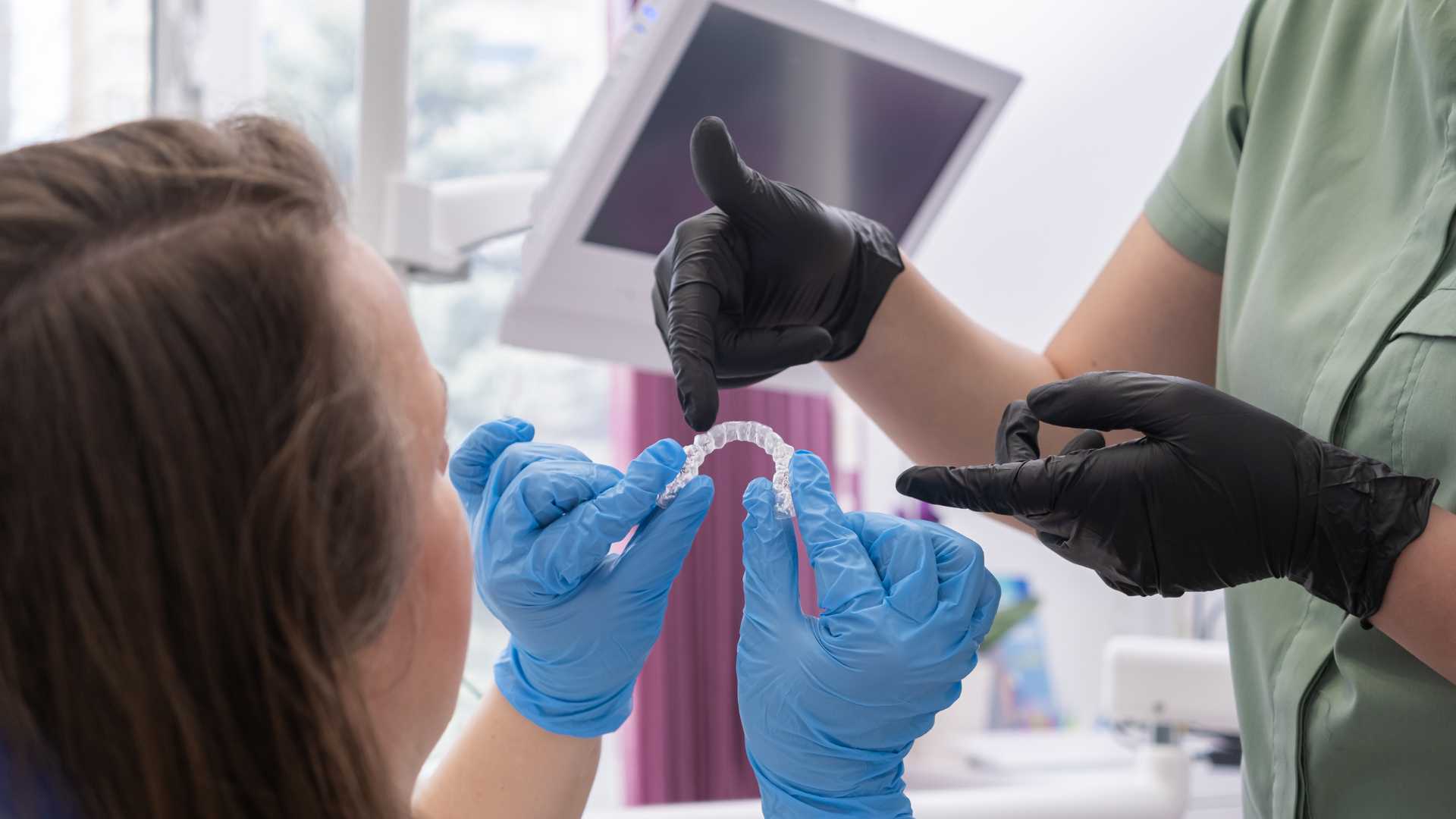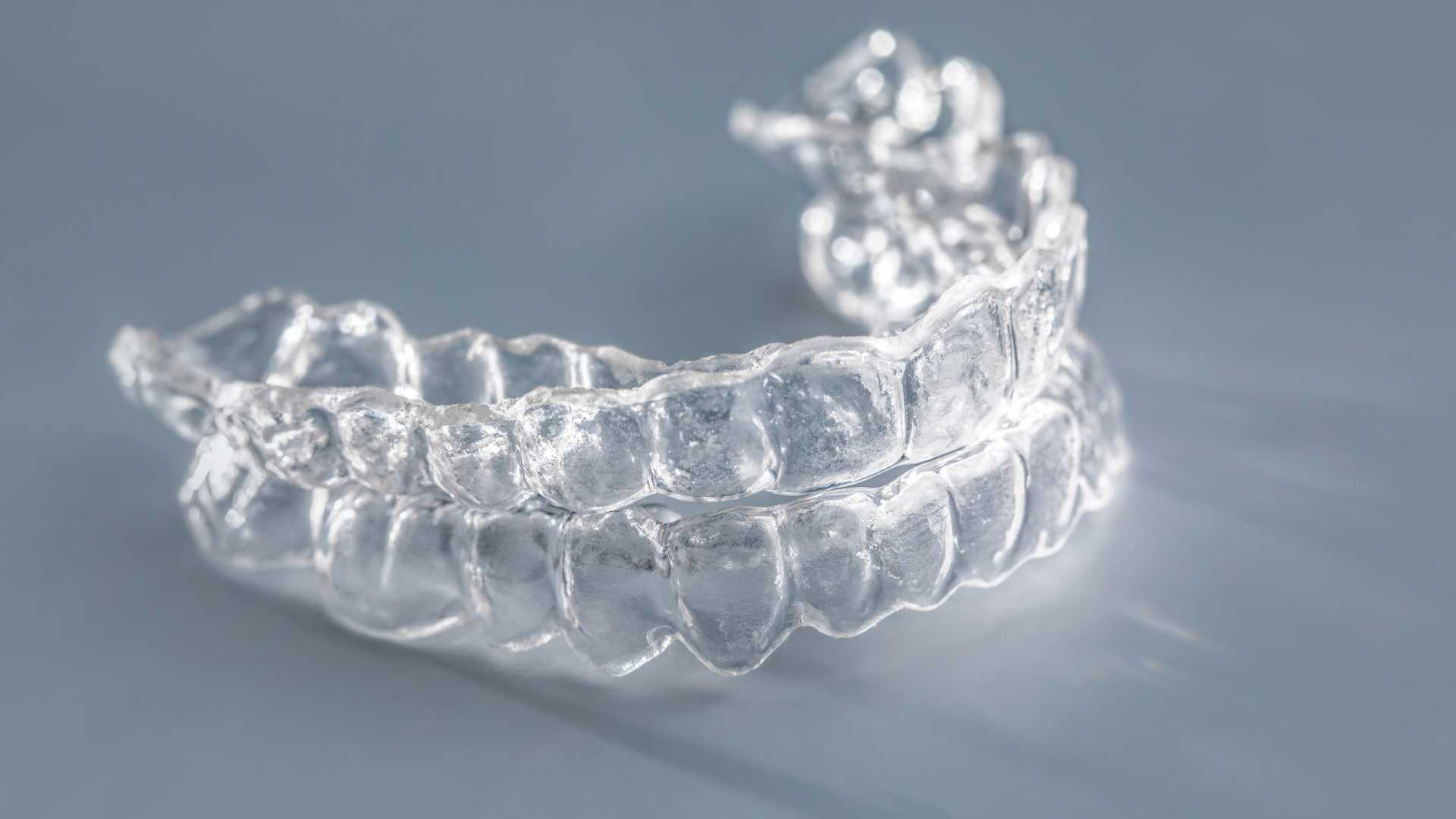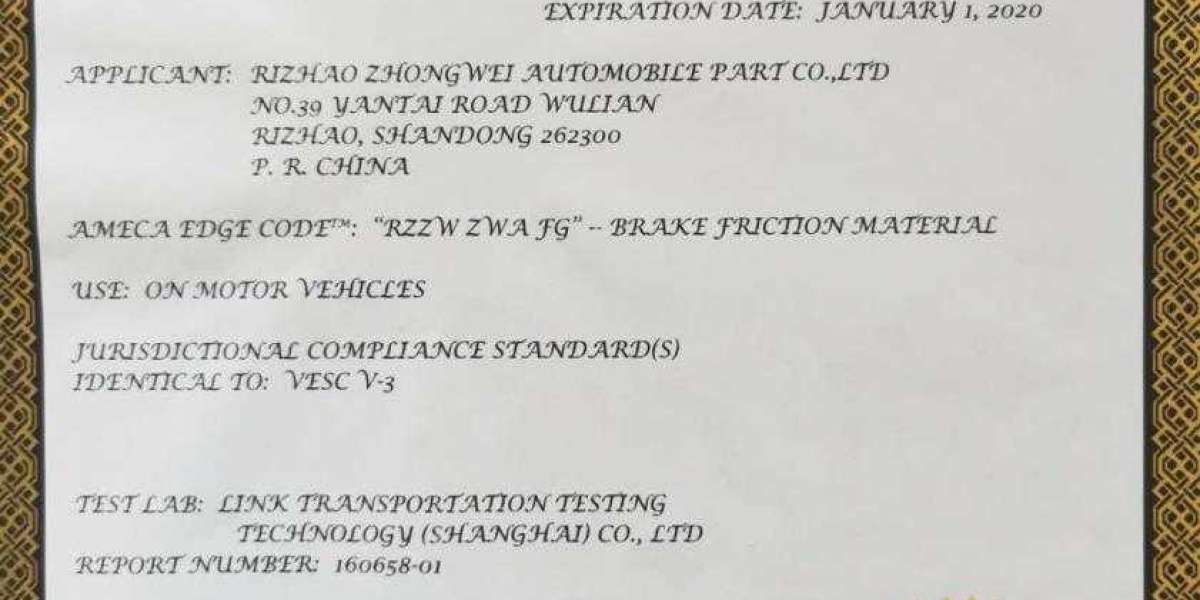When considering Invisalign, one of the first questions people often ask is, "How long will the treatment take?" It's a valid concern since we all want to see results immediately. Understanding the Invisalign process and timeline can help set clear expectations, so let's break it down in a simple, conversational way.
What Is the Invisalign Process?
Invisalign is a transparent aligner system designed to straighten teeth without traditional braces' metal brackets and wires. The technique involves wearing custom-made, translucent trays that progressively reposition your teeth into their desired locations. Sounds easy. Let's dig deeper into the details.
The Initial Consultation
Getting a consultation with your orthodontist is the first step in using Invisalign. During this visit, your dentist evaluates your teeth and determines if Invisalign is the right solution. To generate an accurate three-dimensional representation of your smile, they might take X-rays, photographs, and digital scans of your teeth. Imagine walking into the clinic for the first time, excited yet nervous. Take Katie's story, for example. She had been self-conscious about her slightly crooked front teeth for years. Her orthodontist explained the process step-by-step, which immediately put her at ease. This initial meeting is also when you'll get an estimated timeline tailored to your needs.
Receiving Your Custom Aligners
After the consultation, your orthodontist sends your dental impressions to a lab where your aligners are custom-made. This process can take anywhere from 2 to 4 weeks. You will receive your initial set of aligners and instructions on how to wear them once they are available.
Katie recalls her excitement when she received her first set of aligners. "It felt like the start of something life-changing," she shared. It is recommended that each aligner be worn for one to two weeks before going on to the subsequent aligner in the series.
How Long Does Invisalign Treatment Take?

The length of Invisalign treatment varies depending on factors such as your case's complexity and commitment to wearing the aligners. Here's a general breakdown:
Mild Cases
For individuals with minor spacing or alignment issues, treatment can take as little as 6 months. These cases typically involve fewer aligners and a more straightforward process.
Moderate Cases
Most people fall into this category. If your teeth require more significant adjustments, you can expect treatment to last between 12 and 18 months.
Severe Cases
Complex orthodontic issues may require up to 24 months or more to correct. This might include significant overcrowding, severe bite issues, or major spacing concerns.
It's essential to remember that consistency plays a huge role. You must wear your aligners for the prescribed 20-22 hours daily to maintain your progress.
Tips to Stay on Schedule
- Wear Your Aligners as Directed. Compliance is key. Remove your aligners only for eating, drinking (anything other than water), and brushing your teeth.
- Follow-up with Regular Checkups: Your orthodontist will schedule periodic visits to monitor your progress and provide new aligners. Skipping these appointments could delay your treatment.
- Take Care of Your Aligners Keeping your aligners clean and free from damage ensures they fit correctly and do their job effectively.
What Happens After Treatment?
You're not entirely done once you've completed the last aligner in your series. Maintaining your new smile is an essential step in the Invisalign process. It is highly possible that your orthodontist would suggest that you wear a retainer to prevent your teeth from going back to their natural locations.
Katie's experience highlights this stage perfectly. She wears her retainer every night and loves waking up knowing her smile is here to stay. She also appreciates the convenience of her orthodontist's advice, which kept her on track throughout the process.
Real-Life Success Stories
Take John, for instance. He'd been reluctant to get braces as an adult due to their visibility. Invisalign allowed him to transform his smile discreetly. "It was amazing how quickly I noticed changes," he said. "I followed all the instructions, and in just over a year, I achieved the smile I'd always wanted."
Another example is Emily, who opted for Invisalign after struggling with confidence issues due to her crowded teeth. Her treatment lasted 14 months, and she's now a massive advocate for the process. "If you're considering it, go for it," she says. "The results are worth the commitment."
Why Choose Invisalign?

Invisalign is a fantastic choice for anyone looking for a less noticeable way to straighten their teeth. In addition to their cosmetic value, the aligners are pleasant and removable, enabling you to continue enjoying your favorite foods while adhering to your usual oral hygiene routine. The Invisalign process is more than just a cosmetic upgrade; it's a step towards better oral health and confidence. Whether your treatment takes 6 months or 2 years, the journey is worth every moment. Consult a trusted orthodontist today if you're ready to start your Invisalign journey. And remember, the smile you've always dreamed of is closer than you think!
Frequently Asked Questions(FAQs)
1. How long does Invisalign treatment usually take?
The duration varies: mild cases can take around 6 months, moderate cases 12-18 months, and severe cases up to 24 months or more.
2. How many hours a day should I wear my aligners?
Wear your aligners for twenty to twenty-two hours daily, removing them only for eating, drinking (other than water), and brushing your teeth. This will yield the best possible outcomes.
3. Is Invisalign suitable for everyone?
Invisalign works well for most people, but a consultation with an orthodontist must confirm if it's right for your dental needs.
4. Can I eat or drink with my aligners on?
Because you want to avoid damaging or staining your aligners, you should take them out whenever you eat or drink anything other than water.
5. What happens after completing Invisalign treatment?
Following treatment, you may require a retainer to preserve your newly whitened smile and prevent your teeth from sliding backward.














